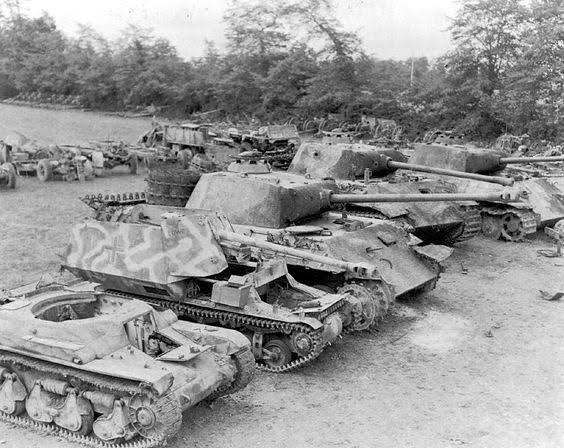What happened to the surplus German military vehicles after World War II?
What happened to the surplus German military vehicles after World War II? After World War II, Germany’s military vehicles—comprising tanks, trucks, motorcycles, and other equipment—were handled in various ways by the Allied forces. Here’s what typically happened to them:
Destruction or Demilitarization:
Many vehicles, especially those deemed unrepairable or dangerous, were scrapped or destroyed to prevent any future military use. This was especially true for larger armored vehicles like tanks. Some vehicles were stripped of weapons and militaristic features to be used in civilian sectors.
Redistribution to Allied Forces:
The Allies took possession of many serviceable vehicles, particularly those that could be integrated into their own militaries or civilian sectors. For example, the British and American forces often repurposed German trucks, motorcycles, and other vehicles for use in their zones of occupation or elsewhere.
Use by European Nations:
Some European countries, like France and Norway, incorporated German military vehicles into their own armed forces. France, in particular, used a large number of German vehicles—including tanks, armored cars, and aircraft—for its post-war military and even police forces.
Civilian Repurposing:
Many vehicles that could be converted for civilian use were sold or given to the public. For instance, trucks and motorcycles were often repurposed for use on farms, in public transportation, and in construction.
Museum and Collection Pieces:
Some unique or particularly well-preserved German vehicles ended up in museums or private collections, where they remain to this day as historical artifacts.
This widespread dispersal reflected the Allies’ efforts to dismantle Germany’s war-making capacity while putting usable equipment to work in reconstruction efforts across Europe.


